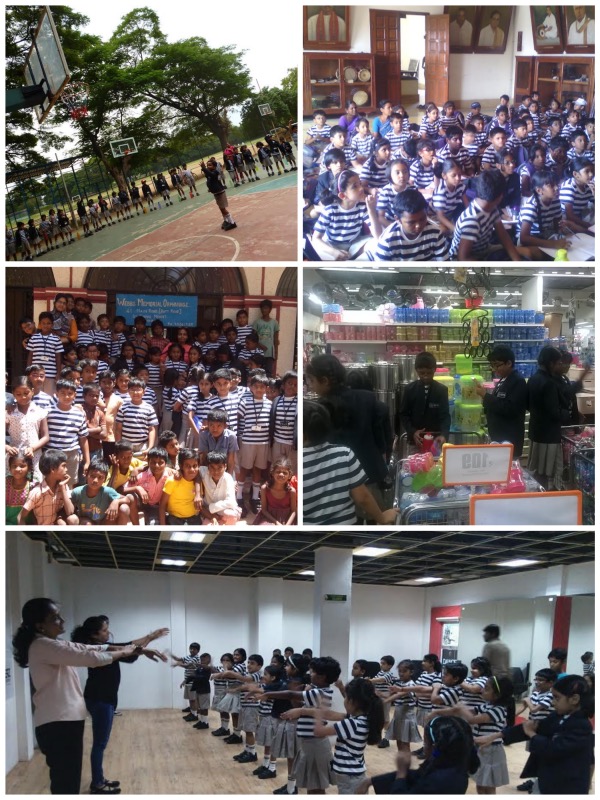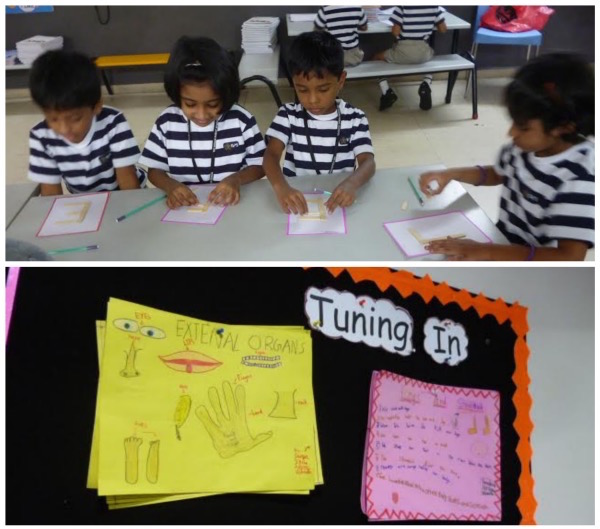At TIPS we believe that all students learn differently, so the learning experiences in primary years are also designed to constantly be engaged and challenged.
In Grades 1-5 we continue to build on the inquiry and play students experienced in the early years. The pace is a bit quicker, but the celebration of learning and exploration is present throughout. Here you will find the joy of exploration and inquiry. The buzz throughout the hallways represents students’ learning and engagements. Throughout primary we all strive to create opportunities for children to wonder and explore. We partner with parents and community members to provide a program that supports student growth socially, emotionally, physically, and academically.
The aim of Cambridge Primary Program is to create a curriculum that is engaging, relevant, significant and challenging. Cambridge primary provides a broad and balanced education for learners, helping them to thrive throughout their schooling, work and life.
The Primary curriculum offers a wide range of subjects, viz., English as the first language and a choice between Hindi or Telugu as a second language, Mathematics, Science, Information and Communication Technology, Art, Music and Physical Education with ample of choices to cater to individual needs. Many of our schools offer Cambridge Primary alongside their national curriculum, or as part of a bilingual programme.
What is the Cambridge Primary Years’ Program?
The Cambridge Primary Approach
Cambridge Primary starts learners on an exciting educational journey, setting out what they should be able to know and do at each stage of their primary education. The programme is designed to help learners develop the skills they need to succeed in their primary education and progress to Cambridge Lower Secondary, the next stage of learning.
Five elements lie at the heart of a Cambridge education:
- International curriculum
- Teaching and learning
- Assessment
- International recognition
- Global community
Curriculum
We believe education is most effective when curriculum, teaching and learning, and assessment are closely aligned.
For effective teaching and learning, there needs to be coherence between the curriculum, pedagogy and assessment.
Therefore, we have designed Primary around this principle.
The learning objectives in the Cambridge Primary Curriculum define the content for teaching and learning. We tailor the content to the learners needs. It is also flexible, and can be taught alongside local and national curricula.
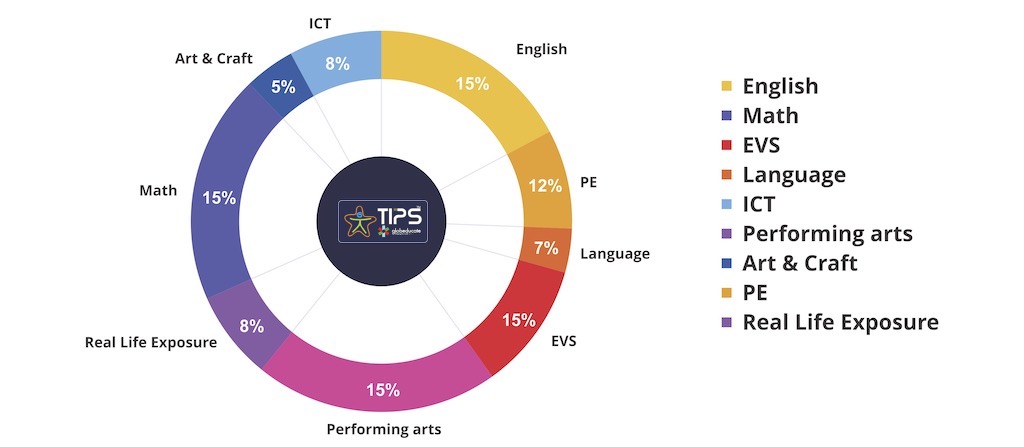
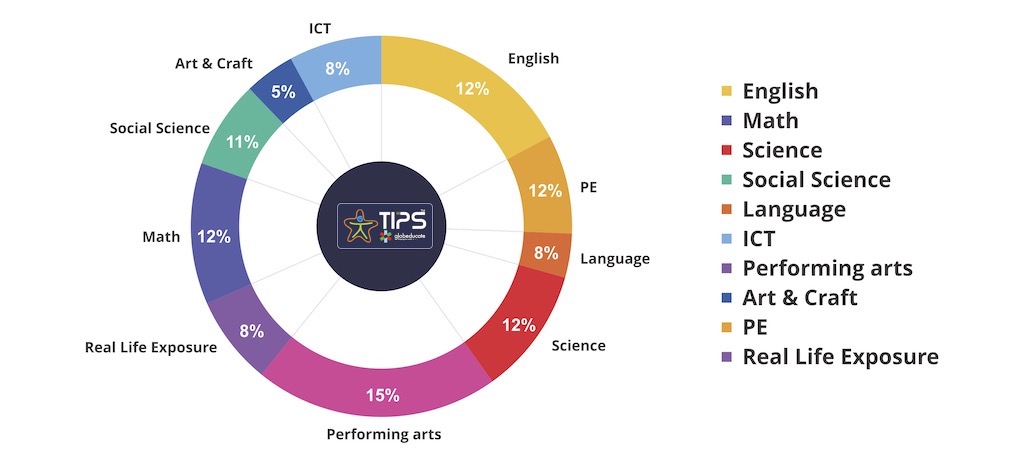
2. Primary Years’ Learning & Development
In a class where children vary in their learning abilities and learning style, the teacher at primary years’ program:
- Moderate the learning environment for meeting varied learning needs of the children.
- Focus on what children need to learn or how they will get access to the information.
- Design activities in which children engage to make sense of or acquire the content.
- Allow children to work in different groups — sometimes with children at the same level of readiness or with mixed-readiness groups, with children having similar interests or with children having different interests, with peers who learn as they do, or randomly, and often with the class as a whole.
- Demonstrate equal and appropriate expectations from boys and girls by providing equal attention, respect and equal opportunities.
- Inclusion provides an opportunity to treat children with disabilities equally and focus on their abilities. This empowers them with adequate facilities, infrastructure and personal support.
3. Designing Child friendly Environment
Children are active and curious learners hence, their safety and learning at the center becomes the most challenging task. Designing physical space for children blended with pedagogy and safety may help in the process of learning.
A well-designed physical environment accessible to all children supports exploration, gives young children a sense of belonging and enables them to engage in focused and self-directed play. Good environment also makes parents and caregivers feel welcome and involved.
Given below are some of the important considerations while designing indoor and outdoor physical environments.
- Activity areas, also known as learning centers, are established places in the classroom with resources that actively engage children and they may change according to the themes or topics.
- Classroom adaptations are important as the infrastructure and facilities vary from place to place. Classroom displays are very important in classrooms. Displays may be used to convey a theme being covered in the classroom.
- Outdoor Play Environment are important for setting the outdoor play, maximizing the space, and ensuring safety of children.
Role of a Teacher is to ensure that the activity areas provide opportunities to children for spontaneous, which is child- initiated. The teacher has to arrange the classroom in appealing activity areas as per the available space, interests of children and the themes being covered. It must be ensured that the material in activity areas provide opportunities for exploration, investigation, individual and in group.
4. Pedagogical Approaches for Curriculum Transaction
Primary years’ education programme is transacted in a child-centric manner, adopting a holistic approach that views the child’s learning not limited to what the teacher transacts in the classroom setting, but as being co-created by the children, in the context of their natural and social environment, including home and community. The penetration of technology like computers, video, television, telephones, radio and telecommunications networks have exerted great influence on how we live, work, play and learn.
- Theme-based approach is commonly used by educators across the world. It attempts to tie in various skills and knowledge into a coherent whole. Theme teaching is generally carried out according to a detailed pre-designed lesson plan led by the teachers.
- Play- based approach is used for stimulating materials and activities are made available by the teacher and children self-select activities according to their interest at each point of time and learn at their own pace. Play stimulates curiosity and exploration and leads to mastery of body controls, encourages creativity and social skills and develops emotional balance and language skills.
- Activity- based approach provides opportunities for exploration with different teaching-learning materials. The teacher embeds the learning goals in various indoor/ outdoor, individual/ small group/ whole group activities.
- Project or Inquiry- based approach requires the teachers to offer some open-ended triggers and then observe the children, listen to their stories, their questions, see how they navigate the activity, take note of their interest levels and talk with the children.
- Integrating approaches–All the approaches used in the area of primary years’ education are not mutually exclusive. Our team is free to select one or the combination of suggested approaches in their own context. This leads to a balanced and supportive learning environment for growth and development.
- Language diversity —We believe in inclusive education and support the mother tongue development of the child. The diverse language and dialects of children may be endorsed and expanded by the teachers. The topics should be addressed in a variety of ways like musical, story-based, play, discovery, pictorial, artistic, logical deductive.
5. Assessment
(i) Assessment for Learning
Assessment for learning (AfL) is an approach, integrated into teaching and learning, which creates feedback for students and teachers in order to improve learning and guide their next steps.
What does assessment for learning mean?
AfL focuses on both the teacher and student understanding three key things:
- Where the learner is going. Sharing the aims of a lesson and success criteria helps learners to see what they are aiming for and what they need to do to achieve those aims.
- Where the learner is now. Techniques such as effective questioning will help teachers to gauge what individuals and groups have learnt during a lesson, generating evidence of learning that both teacher and students can make use of.
- How can the learner get there? Teachers use this evidence of learning to inform choices about what they will do next with a class or individual students. Learners can use this evidence to make decisions about their learning, such as how to spend their independent study time.
AfL is concerned with maximizing the feedback process (teacher to student and student to teacher) to optimize student learning. Feedback ranges from the informal (e.g. oral comments given immediately to learners as they think through problems), to more formal (e.g. written feedback given after an end-of-topic test).
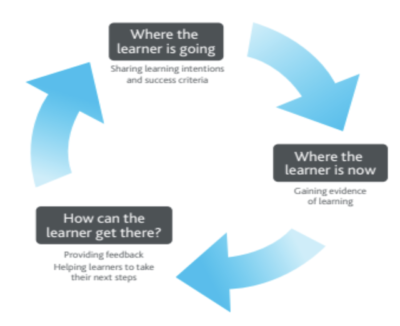
AfL also involves high-quality peer and self-assessment where learners or peers may be involved in making decisions about future learning needs (Wiliam, 2018).
What other terms are associated with assessment for learning?
Formative assessment has a similar meaning to AfL. The term was introduced to show that assessment could be used to form students’ learning and look forward to what they will learn next.
(ii) Assessment of learning
Assessment of learning assists teachers in using evidence of student learning to assess achievement against outcomes and standards. Sometimes referred to as ‘summative assessment’, it usually occurs at defined key points during a unit of work or at the end of a unit, term or semester, and may be used to rank or grade students. The effectiveness of this for grading or ranking depends on the validity and reliability of activities – and its effectiveness as an opportunity for learning depends on the nature and quality of the feedback.
(iii) Diagnostic assessment
Diagnostic assessment refers to assessment that identifies what the learner knows or is capable of, perhaps at the start of a new topic. The focus is on identifying difficulties or misconceptions that the learner might have so that the teacher can plan learning activities to address these.
❖ Assessment Tools and Techniques
Assessment is conducted by using various tools and techniques:
➢ Anecdotal records
➢ Portfolios
➢ Observations
➢ Checklist or Rubric
➢ Rating Scale
➢ Photographs and video clips
❖ Assessment Essential
➢ Assessment is based on qualitative judgments of children’s activities, status of their health, nutrition, physical and social well-being.
➢ Each child is assessed individually through informal and systematic observations of children’s performance and other activities.
➢ Assessment focuses on child’s strengths rather than deficits
➢ The progress of children is recorded for each aspect of development on a continuous basis
➢ Assessment to align with the teaching and learning process.
6. Partnership with Parents and Community
We all know that parents play an important role in the development of their child’s personality. They are their child’s first teachers and have the primary responsibility for the child’s development. Parents and teachers, therefore, must function together as partners to help children learn and grow.
- Engaging Parents as a Resource-Parents with specific talents or skills could make a contribution by using their skills for the benefit of the children.
- Involvement and participation of the Community Members would help in understanding children and their family better. Only if the community is aware, the needs of children can be fulfilled.
- Organized Parent-teacher meetings which could be held once a month or once in every three months, as convenient.
7. Student Lead Conference (SLC)
Student Led Conference:
SLC is a platform for the students to communicate their achievement and experience the internal sense of responsibility for their success. They are well prepared over an extended period to tell the story of their own success and share the learning experiences with the most important people in their life- their parents.
Why SLC?
- To encourage positive parental involvement and support, for their child along with the school.
- To encourage students to take responsibility for their learning.
- To give students practice on preparing a presentation as well as developing and delivering a presentation.
- To engage in an in-depth, collaborative inquiry.
Key purposes of SLC
- To explore multiple perspectives.
- To apply previous knowledge and to reflect on their journey through the Primary years’ program.
- To demonstrate how students can take action as a result of their learning.
- To unite the students, teachers, parents in a collaborative experience.
- To provide an opportunity for the parents to assess their ward’s progress.
- To encourage students to accept personal responsibilities for their academic performance.
- To teach students the process of self-evaluation
- Public speaking – Ability to answer questions and improve speaking skills
Parent Teacher Meeting (PTM):
- 2 PTMs are scheduled after every SLC
- Report cards will be issued twice, in an academic year: Semester 1 & Semester 2
- For specific reasons if parents want to meet the Homeroom teacher or vice versa, there is
ESSENTIAL PTM, where appointments are fixed between 1:00 – 4:00 P.M.
We design all our curriculum and assessments with the Cambridge learner attributes in mind. The five attributes are our way of recognizing that students need to develop attitudes and life skills throughout their education, as well as academic skills, in order to be successful at university and in employment.
Through Primary programme, we help children to become:
Confident in working with information and ideas – their own and those of others
Children are confident, secure in their knowledge, unwilling to take things for granted and ready to take intellectual risks. They are keen to explore and evaluate ideas and arguments in a structured, critical and analytical way. They are able to communicate and defend views and opinions as well as respect those of others.
Responsible for themselves, responsive to and respectful of others
Children take ownership of their learning, set targets and insist on intellectual integrity. They are collaborative and supportive. They understand that their actions have impacts on others and on the environment. They appreciate the importance of culture, context and community.
Reflective as learners, developing their ability to learn
Children understand themselves as learners. They are concerned with the processes as well as the products of their learning and develop the awareness and strategies to be lifelong learners.
Innovative and equipped for new and future challenges
Children welcome new challenges and meet them resourcefully, creatively and imaginatively. They are capable of applying their knowledge and understanding to solve new and unfamiliar problems. They can adapt flexibly to new situations requiring new ways of thinking.
Engaged intellectually and socially, ready to make a difference
Children are alive with curiosity, embody a spirit of enquiry and want to dig more deeply. They are keen to learn new skills and are receptive to new ideas. They work well independently but also with others. They are equipped to participate constructively in society and the economy – locally, nationally and globally.
Science and social sciences
In the Cambridge Primary Years Programme (CPYP), sciences are viewed as the exploration of the biological, chemical and physical aspects of the natural world, and the relationships between them. Our understanding of science is constantly changing and evolving. Learners appreciate Science and develop awareness of the world as it is viewed from a scientific perspective. It encourages curiosity and ingenuity and enables the student to develop an understanding of the world. Reflection on scientific knowledge also helps students to develop a sense of responsibility regarding the impact of their actions on themselves, others and their world.
The knowledge component of science is arranged into various strands developed by Cambridge:
For example: Living things, Earth and space, materials and matter, and forces and energy.
Living things: The study of the characteristics, systems and behaviors of humans and other animals, and of plants; the interactions and relationships between and among them, and with their environment.
Earth and space: The study of planet Earth and its position in the universe, particularly its relationship with the sun; the natural phenomena and systems that shape the planet and the distinctive features that identify it; the infinite and finite resources of the planet.
Materials and matter: The study of the properties, behaviors and uses of materials, both natural and human-made; the origins of human-made materials and how they are manipulated to suit a purpose.
Forces and energy: The study of energy, its origins, storage and transfer, and the work it can do; the study of forces; the application of scientific understanding through inventions and machines.
The social studies component is characterized by concepts and skills rather than by content. We ensure that a breadth and balance of social studies content is covered through inquiry based learning. The knowledge component of social studies in Primary years is arranged into five strands:
Human systems and economic activities: The study of how and why people construct organizations and systems; the ways in which people connect locally and globally; the distribution of power and authority.
Social organization and culture: The study of people, communities, cultures and societies; the ways in which individuals, groups and societies interact with each other.
Continuity and change through time: The study of the relationships between people and events through time; the past, its influences on the present and its implications for the future; people who have shaped the future through their actions.
Human and natural environments: The study of the distinctive features that give a place its identity; how people adapt to and alter their environment; how people experience and represent a place; the impact of natural disasters on people and the built environment.
Resources and the environment: The interaction between people and the environment; the study of how humans allocate and manage resources; the positive and negative effects of this management; the impact of scientific and technological developments on the environment
These strands are concept-driven and are inextricably linked to each other.

Mathematics is viewed as a global language through which the students make sense of the world around them, use it as a way of critical thinking as opposed to a series of facts and equations.
Mathematics is also viewed as a vehicle to support inquiry, providing a global language through which we make sense of the world around us. It is intended that students become competent users of the language of mathematics, and can begin to use it as a way of thinking, as opposed to seeing it as a series of facts and equations to be memorized.
For this reason the content is presented in continuums for each of the five strands of mathematics to build their conceptual understanding of the mathematics in life.
The learners acquire mathematical skills through five important strands:
- Numbers,
- Data Handling,
- Patterns and Functions,
- Measurement and
- Shapes & Space
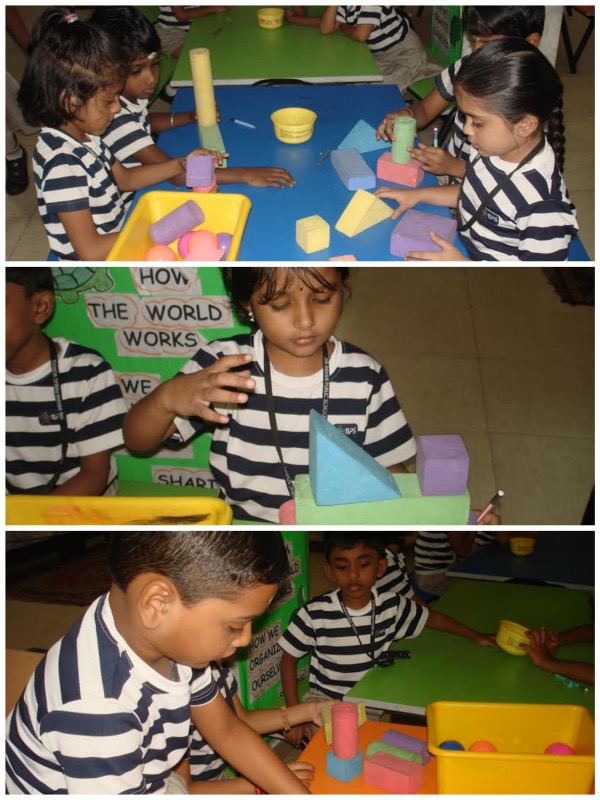
Through our ICT program we try to equip students with necessary computing skills that they might require in their day to day lives. Our curriculum mainly focuses on providing students with knowledge of the most commonly used software and editing tools. The progression of work gradually increases with each grade level. Once the students are thorough with the usage of tools, they are given activity templates which they need to finish using all the formatting and editing tools they have mastered. The ICT skills are used to
- Create report using word processing
- Research facts on internet
- Conduct survey
- Create, organize and infer date in excel-spreadsheets
- Produce animated story and presentation
It is worthwhile to note that there will be opportunities for student-initiated, spontaneous inquiries into the use of ICT that are not directly related to any planned single-subject areas. For example, a student contributing to a class blog may want to start his or her own blog as a personal reflection journal. These are valuable teaching and learning opportunities in themselves, and provide teachers and students with the opportunity to apply the pedagogy.
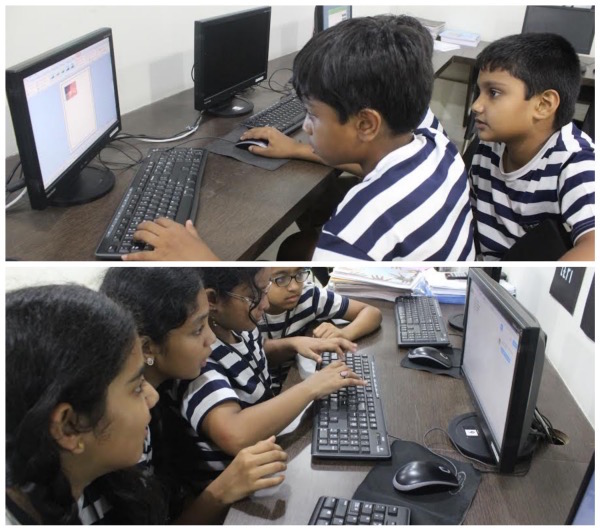
Physical Education / Sports
P.E. involves human movement in relation to the physical environment. It is concerned with learning about physical activity and through physical activity P.E offers students the opportunity to discover the capabilities of their body and a variety of ways in which they are able to use their bodies to solve problems, address physical challenges, function as a part of a group, manipulate equipment and express themselves in a range of situations.
Through movement students develop socially, personally, emotionally as well as physically. They learn to understand and accept their own strengths and weaknesses in Physical fitness sessions. Basket Ball, Cricket, Soccer, Badminton, Track & Field and other activities.
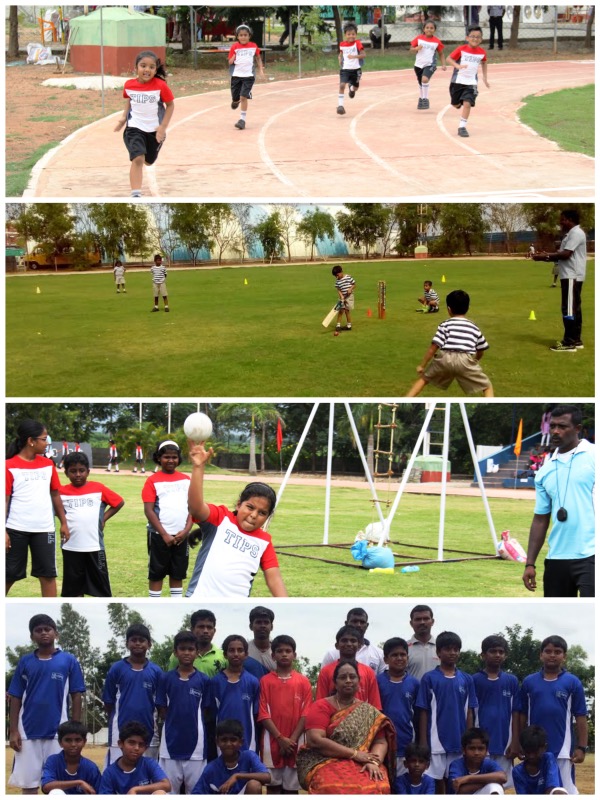
Fine Arts
Arts are viewed as a form of expression that is inherent in all cultures. They are powerful means to assist in development of proficiency as musicians, actors and visual artists, acquire listening and viewing skills and exhibit their creativity. This is achieved through
Drama
Through the Theater program students develop their creative skills, verbal and non-verbal expression, an awareness of the perspective of others and aesthetic appreciation. Drama enables students to communicate in powerful ways to go beyond their spoken language ability.
Music
Music includes the study and exploration of sound and expressive use of musical elements. Students join together in musical activities using their voice and simple musical instruments to develop concepts about sound. Students learn different genres of music to give them a complete awareness of music applied in different cultures, places and time.
Dance
Through the dance program students learn to move their bodies in rhythm, usually in time to music. Students learn to express themselves in a non-verbal manner. Students get a platform to narrate a story, set a mood or express emotions. Dance from a wide range of genres are covered. Dance is used as a source of recreation, fun, relaxation and it provides a good excuse to exercise.
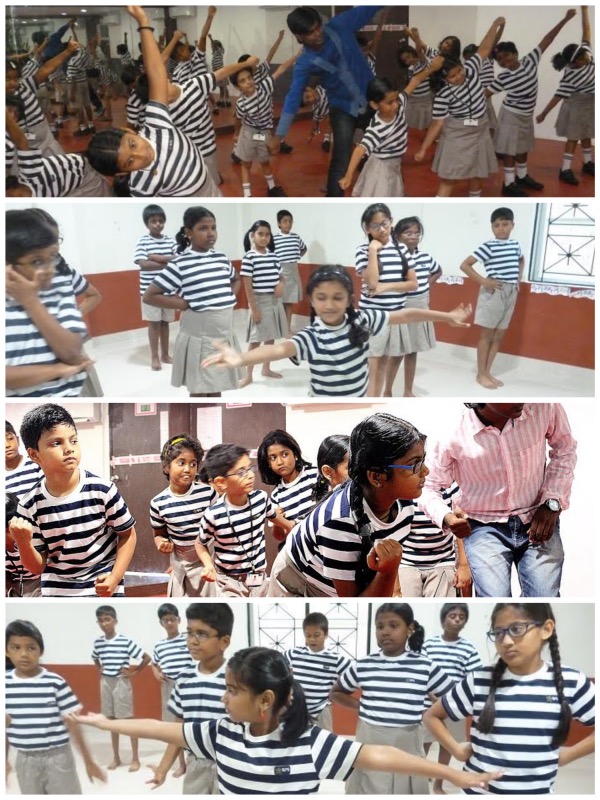
Yoga and meditation is a way of life and part of the curriculum to increase concentration and control. Yoga is practiced to increase our inner strength and develop our mind to function without stress at all levels. Stretching helps to become flexible and activates our brain cells to cope better and fast. In today’s increasingly distracted world, yoga and stretching helps to regain focus.
Our trained staff helps students learn Yoga to increase their mental and physical capabilities and be competent to function in this world. Yoga primary schooling encourages self-esteem and body awareness with a physical activity that’s noncompetitive. Fostering cooperation and compassion—instead of opposition—is a great gift to give our children.
Children derive enormous benefits from Yoga. Physically, it enhances their flexibility, strength, coordination, and body awareness. In addition, their concentration and sense of calmness and relaxation improves. Doing yoga, children exercise, play, connect more deeply with the inner self, and develop an intimate relationship with the natural world that surrounds them.
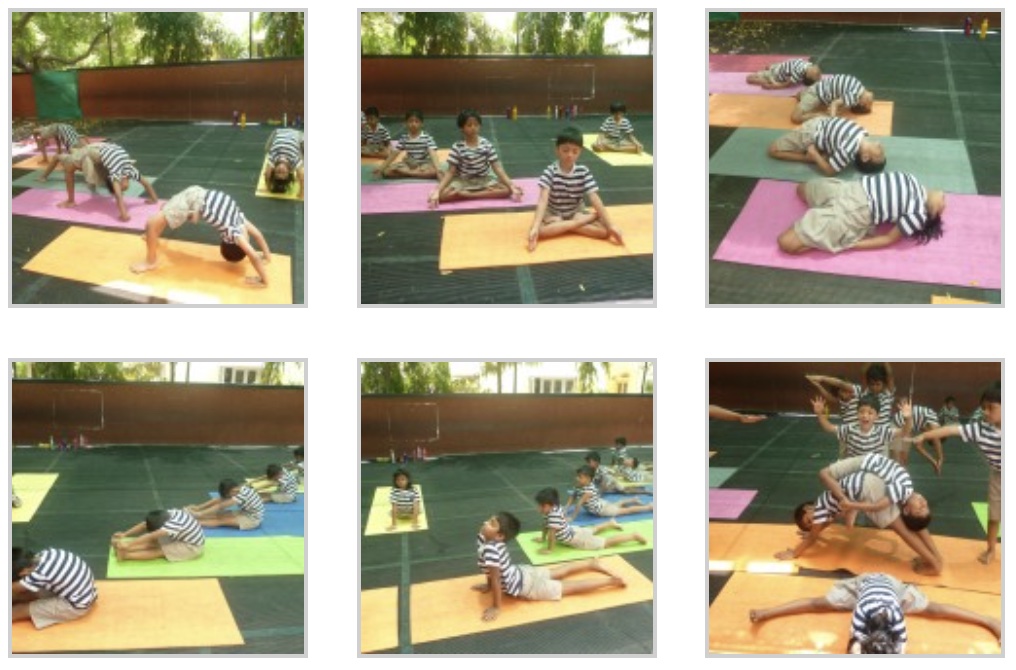
A Field trip is a visit to a place outside the regular classroom which is designed to achieve certain objectives, which cannot be achieved as well by using other means.
- Facilitates the learning of abstract concepts.
- Taking students on a field trip makes learning more effective as they will be able to gain vast ideas on the topic.
- Motivate students through increased interest and curiosity.
- Field trips can add variety to the regular classroom instructional program and they tend to be special and enjoyable learning experiences.
- Develops social awareness.
- Field trips make students aware of learning activities in everyday life.
- It enhances the curriculum.
- Give students experiential learning experiences.
Film, Movie and Video
Movies and videos can play a valuable role in the education process and can be an important aspect of a teacher’s strategy in providing lesson material to students. They do a great job of reinforcing a point that teachers are trying to make in class. Through Visual representation information is processed better. Videos shown on concepts being dealt with in class help to strengthen and reinforce teaching taking place in the classroom. Students are shown videos after which the students are asked to summarize their learning in the form of a brief review, a class discussion or any other form of presentation.
Debate
Debates are a great tool for engaging students and livening up the classroom curriculum. Using debates in the classroom can help students grasp essential critical thinking and presentation skills. Among the skills classroom debates can foster abstract thinking, clarity, organization, persuasion, public speaking, research, and teamwork and cooperation. Debate gives students an opportunity to present their views and also helps them learn to become tolerant to views that might oppose theirs. It is a great strategy to promote peer learning.
Model United Nation
Students take part in the Model United nation as a delegate and debate with other nations’ representatives about the various significant national and international issues. This prepares them to be unbiased and well informed leaders of tomorrow and understand the global issues and their implications today!
STEM
STEM is an acronym for Science, Technology, Engineering and Math education. We focus on these areas together not only because the skills and knowledge in each discipline are essential for student success, but also because these fields are deeply intertwined in the real world and in how students learn most effectively. STEM is an interdisciplinary and applied approach that is coupled with hands-on, problem-based learning. Some of the fields, our young scientists engage in are:
- Structures
- Sweepers
- Freewheeling
- Power cars
- Land Yacht
- Fishing rod
- Hammer
- Gears etc..
Cycling Expeditions
Students and teachers take part in the yearly cycling expeditions and challenge themselves. It is one of the mega events where all, students and faculties, enjoy the challenge and excel themselves.
All our trips have support crew and backup vehicles so you can cycle at your own pace, while there are no yellow jersey awards at the end of the day. The cycling is through undulating country on sealed and unsealed roads for between 10 and 35km a day at a steady pace and is fully supported by a backup vehicle. This is the perfect means to explore remote villages a world away from the highways.
